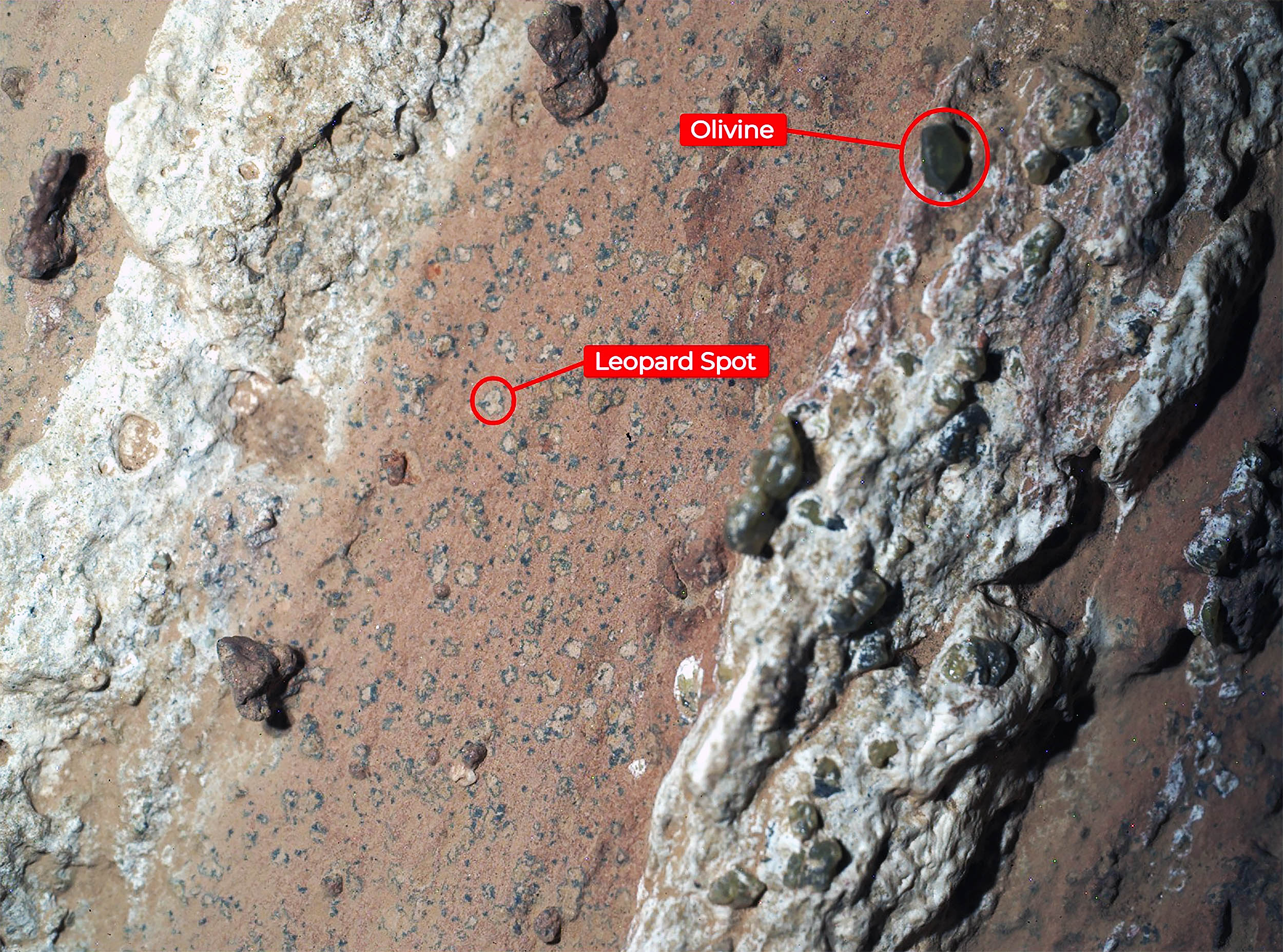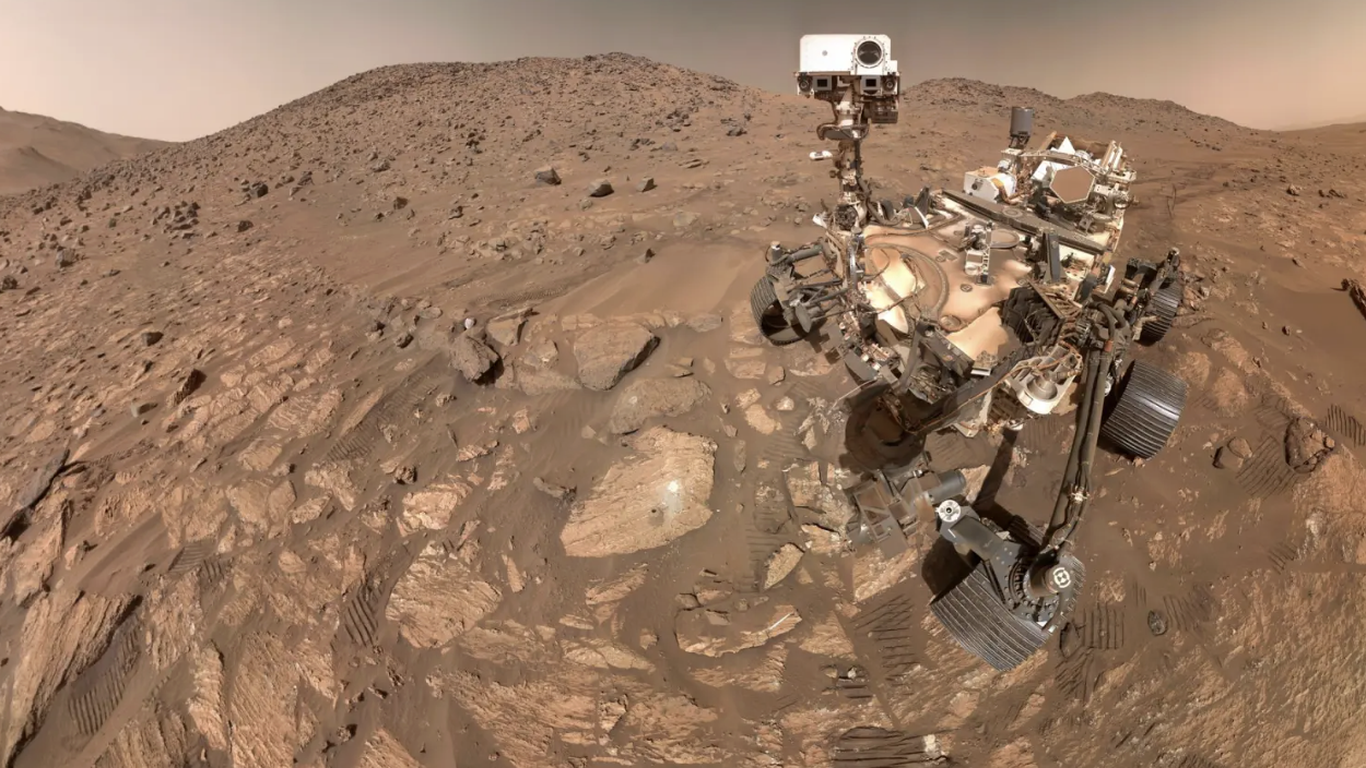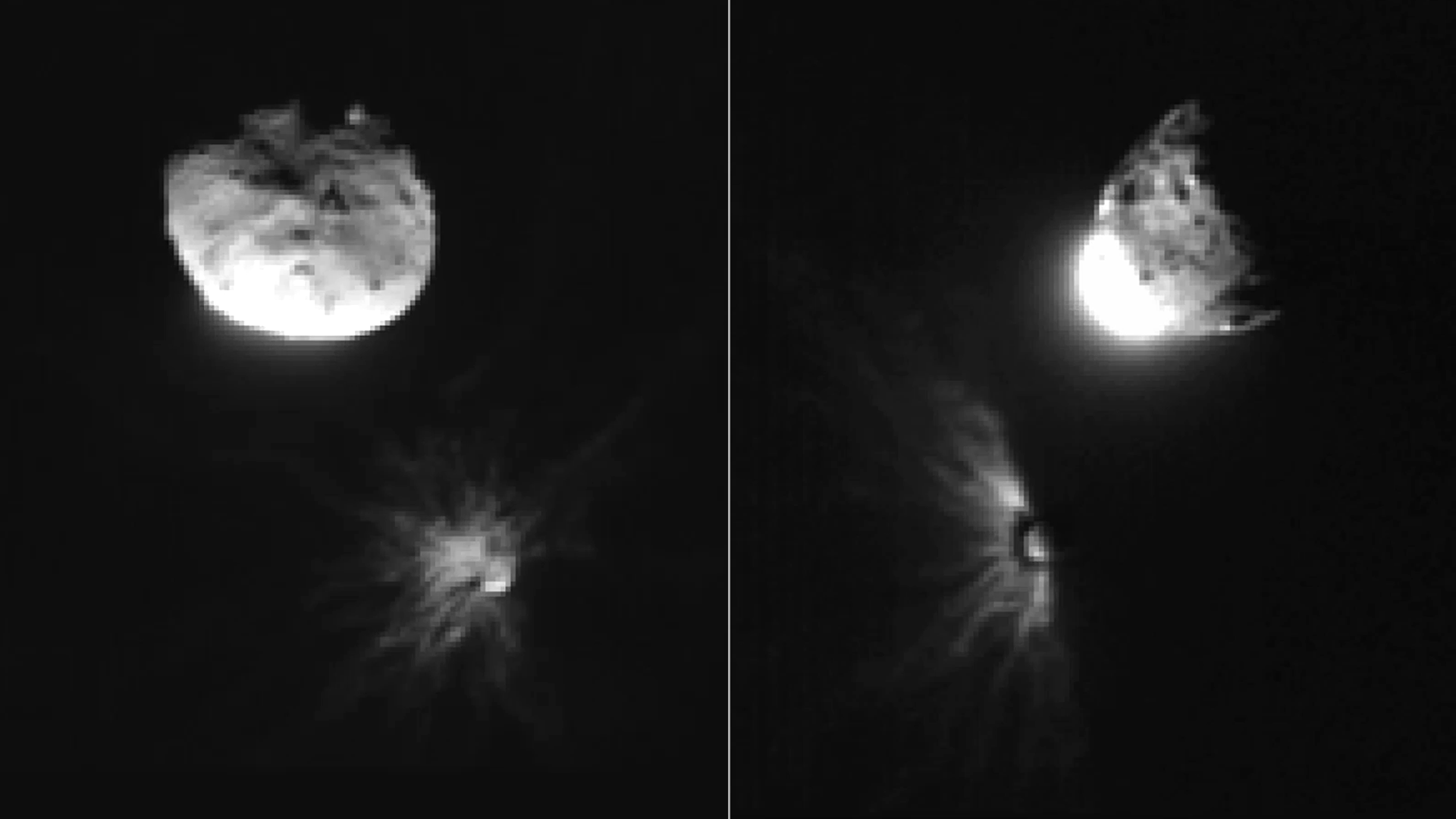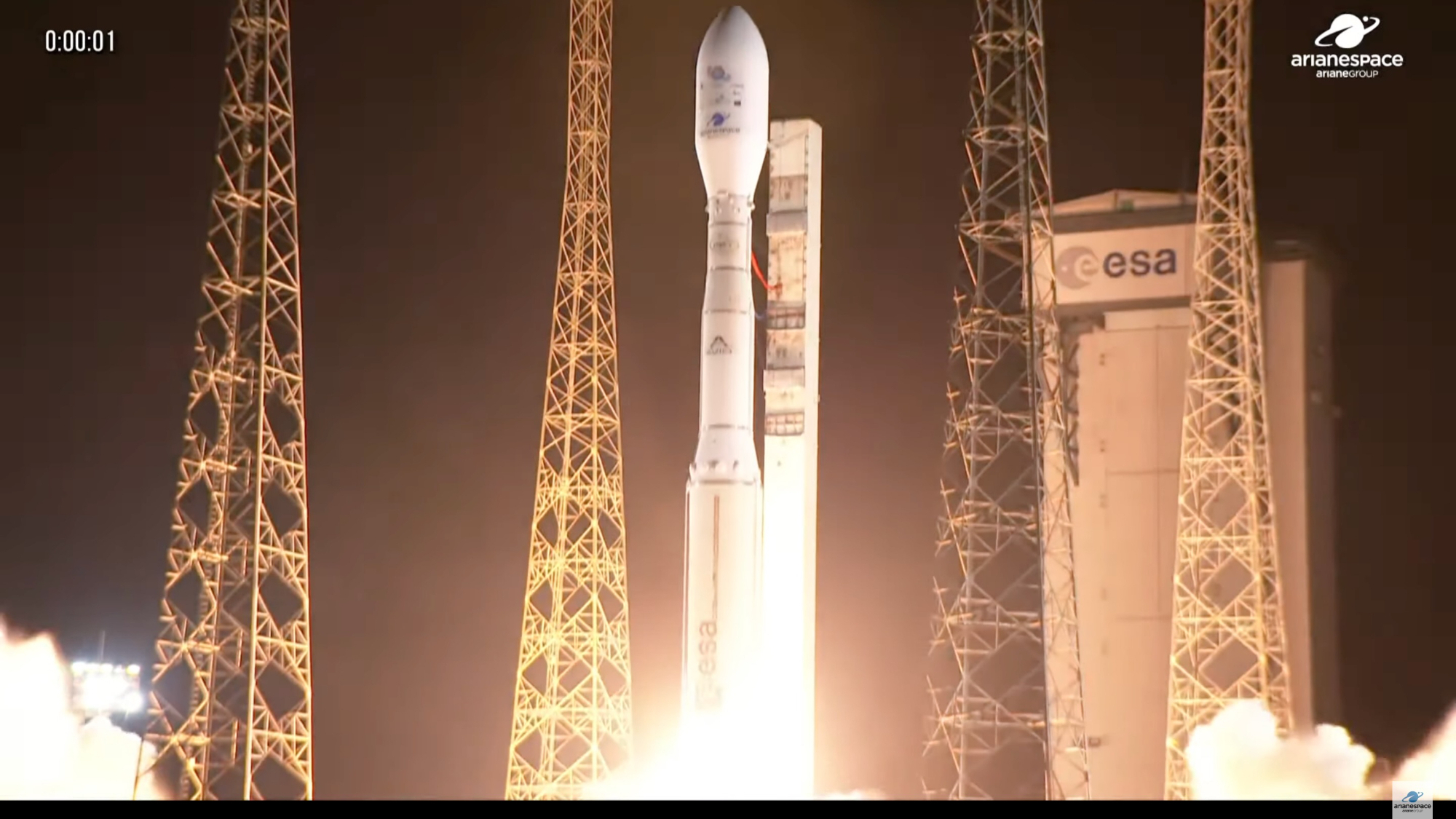European Mars Orbiters Capture Interstellar Comet 3I/ATLAS Near Mars
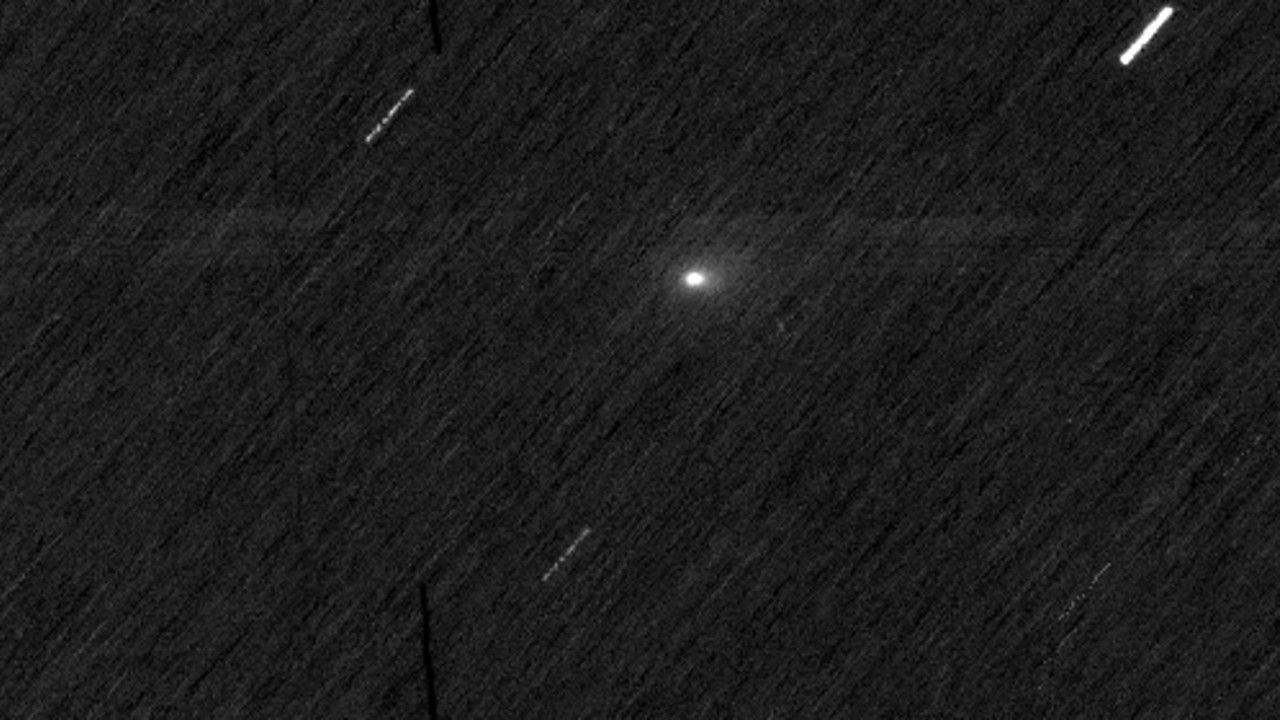
European Mars Orbiter Spies Interstellar Comet 3I/ATLAS
In a rare celestial event, the European Space Agency’s ExoMars Trace Gas Orbiter and Mars Express missions captured images of interstellar comet 3I/ATLAS as it sped past Mars on October 3, 2025. These orbiters, normally focused on studying the Martian surface, had to adapt quickly to observe a faint, distant visitor—a testament to the flexibility and ingenuity of modern space exploration. The comet appeared as a fuzzy white dot moving through the Martian sky, with its icy nucleus and surrounding coma just barely visible. Observing such a dim object from millions of kilometers away was a significant technical challenge, but the effort paid off with unique data about this mysterious interloper from beyond our solar system.
Why This Observation Matters
Though Mars orbiters are designed for planetary science, their ability to pivot and observe unexpected deep-space phenomena adds exciting new capabilities to their mission profiles. The images of 3I/ATLAS, though low-resolution, provide valuable insights into the comet’s activity as it approaches the Sun, with its coma stretching thousands of kilometers. As the comet continues its journey, future observations may reveal a growing tail, offering clues about the composition and behavior of interstellar objects. This serendipitous encounter highlights how even routine planetary missions can contribute to broader astronomical discovery, turning Mars orbiters into unexpected eyes on the cosmos.
About the Organizations Mentioned
European Space Agency
The **European Space Agency (ESA)** is an intergovernmental organization of 23 European member states, founded in 1975 to coordinate and advance Europe’s space exploration and technology capabilities. Headquartered in Paris with around 2,547 staff worldwide as of 2023, ESA’s mission spans scientific research, Earth observation, satellite navigation, human spaceflight, and space infrastructure development, making it a key player in the global space economy[2][1]. ESA was established by 10 countries aiming to pool resources for space science, launch capabilities, and applications. Over five decades, it expanded its membership and scope, now operating major programs such as the Ariane launch vehicles, the International Space Station (ISS) involvement, and collaborations with NASA, including the Artemis lunar missions. ESA also develops uncrewed missions to planets, asteroids, and the Sun, and manages Europe's spaceport in French Guiana[1][2]. Key achievements include the Galileo satellite navigation system, which began from ESA’s 2003 Giove-A test satellite and now underpins Europe’s strategic positioning and services. ESA’s long-running Solar and Heliospheric Observatory (SOHO) and gamma-ray observatory Integral have provided decades of scientific data. The recent launch of the Euclid telescope in 2023 marks a new phase in cosmological research. ESA’s Business Incubation Centres, established 20 years ago, foster space technology startups, boosting innovation and commercialization within Europe[1][2]. In 2025, ESA’s budget stands at €7.7 billion, reflecting its strategic importance not only in science but also in business and security sectors. It actively fosters partnerships with global space actors, including India’s ISRO and commercial providers like SpaceX for satellite launches. ESA also supports the European Union’s space ambitions through programs like Copernicus and GOVSATCOM, connecting policy, technology, and industry to stimulate growth and autonomy in the space sector[2][

